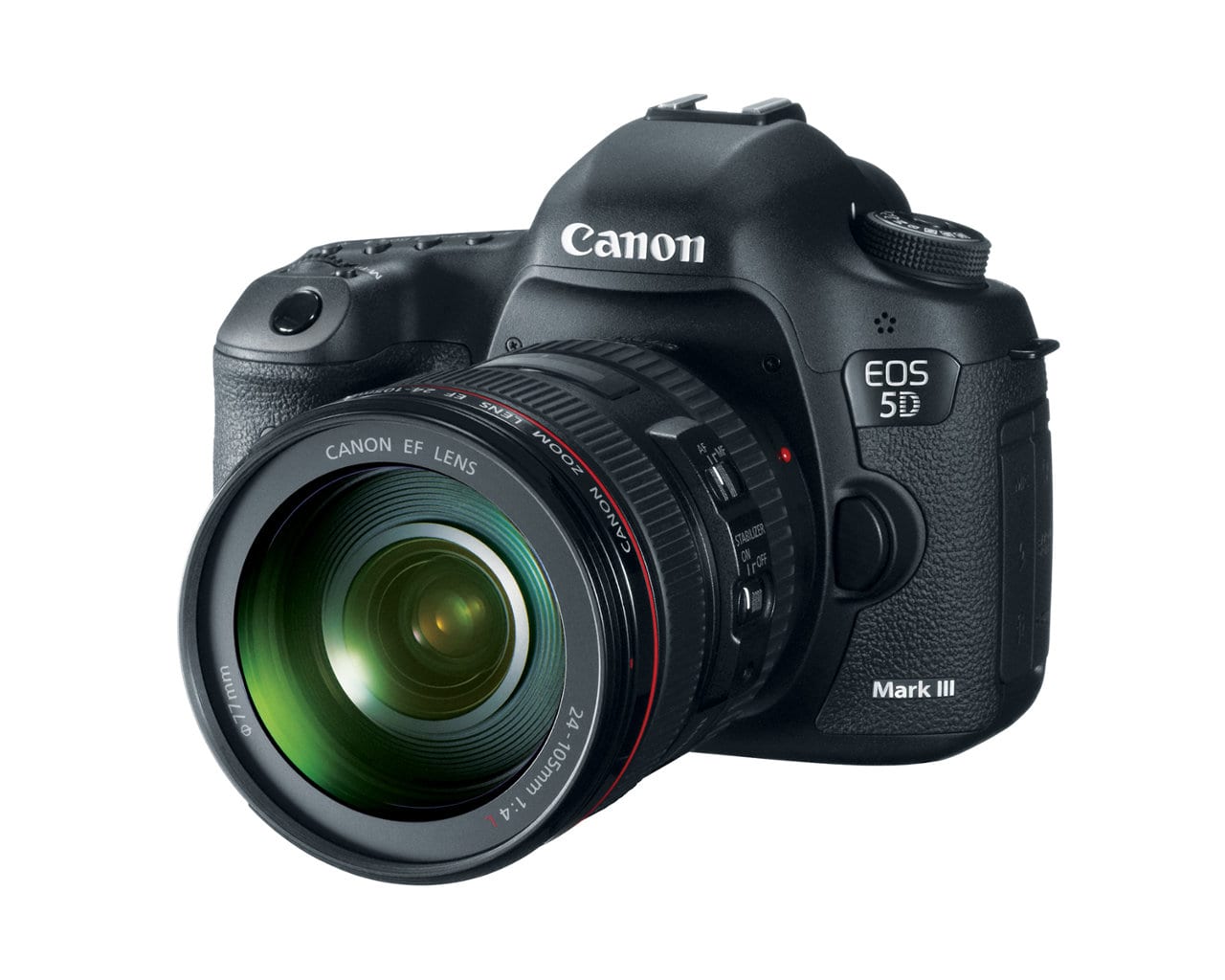A smartwatch is a form of wearable technology that connects to your Android or iOS phone/tablet and it may offer features such as dialling from the watch, caller ID, receive e-mail, other notifications, and more.
It’s very convenient to simply look at your arm if there’s a notification, or for GPS directions instead of reaching into your pocket and (sometimes) struggling to get your phone out every one of the hundreds of times it vibrates per day. This may be the reason that watches have held their place as the number 1 timekeepers, despite the fact that the mobile phones which nearly everyone has are equipped with built-in clocks. Wearable smartwatch technology is easier to access because it is already right there on your arm.
Now for the dark side of smartwatch technology: It can easily cost hundreds of U.S. dollars, is equipped with small screens, and is yet another device that you’d have to plug in to recharge. A smartwatch doesn’t require the minuscule amount of power that a conventional watch that tells only the time does. It has to have a much more powerful CPU, a bright LCD or OLED colour screen which has to be backlit more frequently than a conventional watch, wireless connectivity, and of course: a clock. This has presented manufacturers with the challenge of battery life.
There are many different kinds of battery technology, some of which could facilitate great battery life.
The two most common type of mobile device batteries are in the lithium-ion family: lithium cobalt and lithium polymer. 180 Wh of energy can be stored in each kg (2.2 pounds) of lithium-polymer batteries, while roughly 100 Wh of energy can be stored in a kg of the cheaper lithium-cobalt batteries. This means that lithium polymer batteries will provide smartwatches with longer runtime.
Lithium-polymer batteries are trounced by newer technologies such as that which facilitates Panasonic’s NCR18650B cells, which can achieve 243 Wh/kg, or lithium-sulfur batteries (not on the consumer technology market) which can achieve 400 Wh/kg. Imagine the battery life you could achieve with those.
Mobile device developers are not only moving towards more energy-dense lithium-ion technology, but they are also improving the efficiency of their devices substantially, so to end this story: Battery life won’t be a huge issue. Wearable smartwatch technology such as the Pebble Steel can already last a week on one charge.
Learn more about the various battery technologies and energy storage in general via the pages linked in the menu above.
Read more technology-related news in the technology category, and technology reference articles in the technology library.





